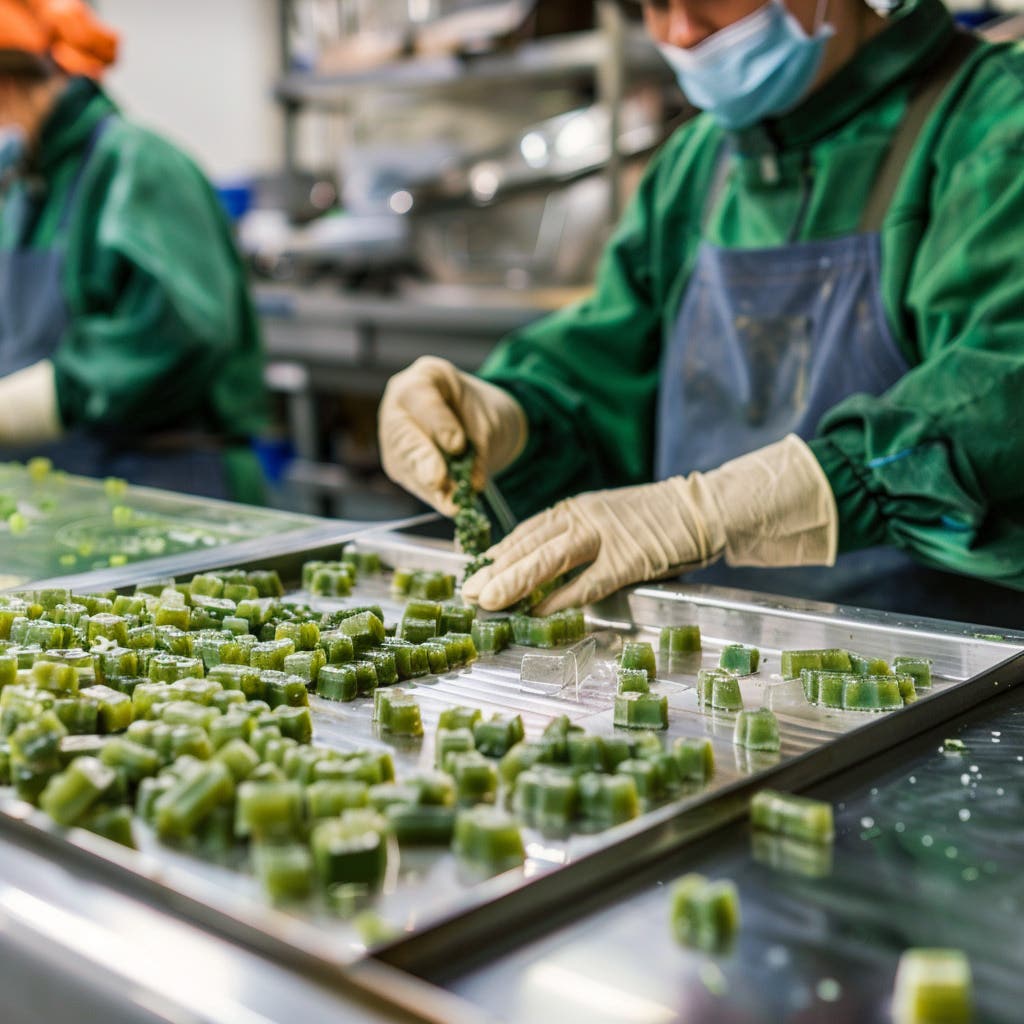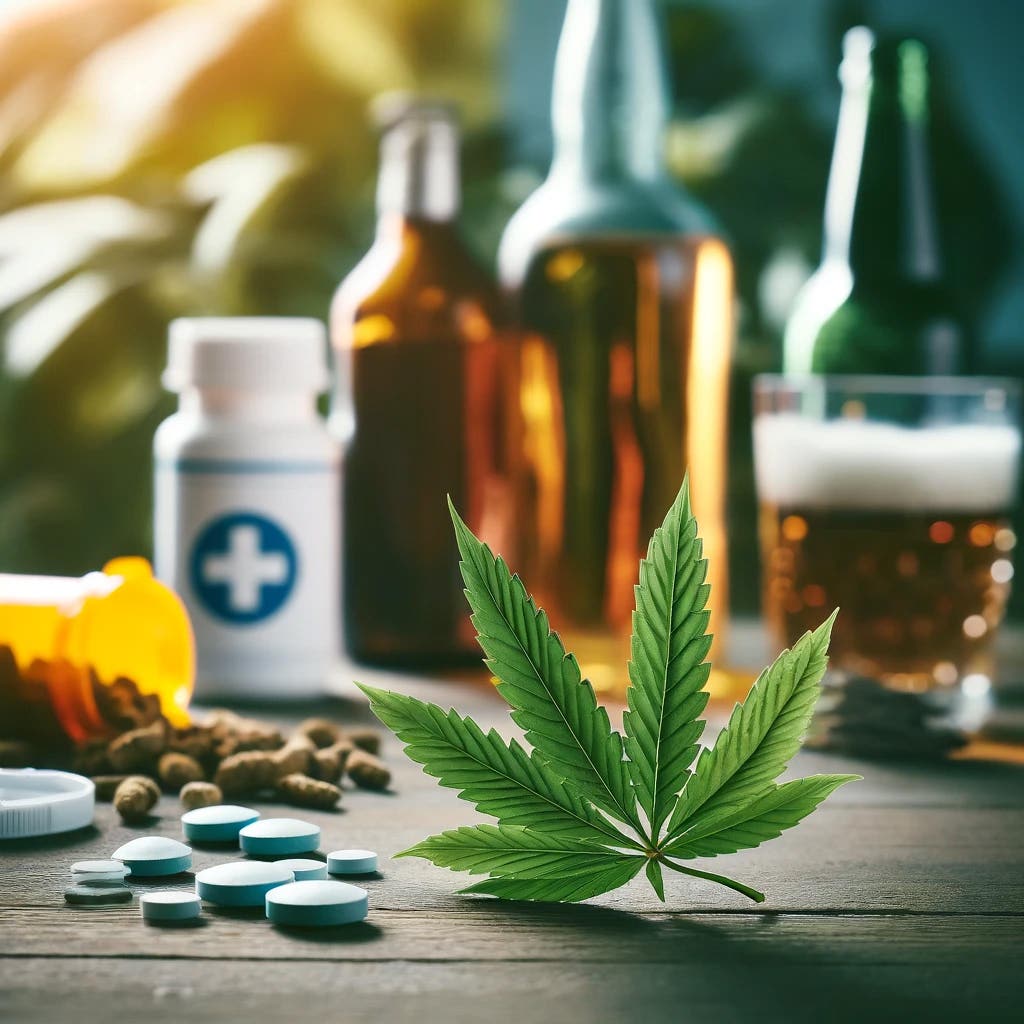Marijuana cultivation requires careful attention to various aspects, and one technique that has gained popularity among growers is marijuana defoliation. This practice involves the strategic removal of certain leaves from the plants to optimize growth and improve overall yield. In this article, we will explore the different defoliation techniques, discuss when to defoliate, and provide a step-by-step guide for successful defoliation.
Reasons for Marijuana Defoliation
There are several reasons why growers choose to defoliate their marijuana plants:
1. Enhancing airflow and light penetration
By selectively removing leaves, growers can improve airflow within the plant canopy and allow better penetration of light to lower bud sites. Adequate airflow helps prevent the development of mold, mildew, and other moisture-related issues, while increased light exposure promotes healthier bud development.
2. Managing humidity levels
In high-humidity environments, excess foliage can trap moisture and create a favorable breeding ground for pests and diseases. Defoliation helps reduce humidity levels, minimizing the risk of problems and maintaining a healthier growing environment.
3. Controlling pests and diseases
Removing leaves that are heavily infested with pests or affected by diseases can prevent further spread and protect the overall health of the plants. Defoliation allows growers to identify and eliminate problem areas promptly.
When to Defoliate Marijuana Plants
The timing of marijuana defoliation depends on the growth stage of the plants:
1. Vegetative stage
During the vegetative stage, marijuana plants are actively growing, focusing on developing leaves and branches. This is an ideal time for defoliation as it allows for better light penetration and airflow, promoting stronger and more vigorous growth.
2. Flowering stage
Defoliation during the flowering stage requires caution, as it can cause stress and potentially reduce yield if not done properly. It is recommended to perform minimal defoliation during this stage, mainly focusing on removing damaged or diseased leaves to maintain plant health.
Different Techniques for Marijuana Defoliation
Several techniques can be employed for marijuana defoliation, each with its own benefits and considerations:
1. Topping
Topping involves cutting off the main stem's tip, encouraging the growth of multiple colas and creating a bushier plant structure. This technique reduces the dominance of the main cola and promotes more even light distribution.
2. Lollipopping
Lollipopping focuses on removing the lower foliage and side branches, directing energy towards the upper canopy where the best bud development occurs. This technique helps maintain a cleaner growing space and reduces the risk of mold and pests.
3. Schwazzing
Schwazzing is an intensive defoliation technique where growers remove a significant amount of leaves during the early flowering stage. This technique aims to maximize light penetration and enhance bud development, but it should be approached with caution to prevent excessive stress.
4. Super Cropping
Super cropping involves gently manipulating the stems to cause slight damage, encouraging the plants to repair and strengthen themselves. This technique can help manage the height of the plants, improve light distribution, and promote better bud growth.
Step-by-Step Guide to Marijuana Defoliation
Follow these steps to perform marijuana defoliation effectively:
Step 1: Prepare the necessary tools
Gather a pair of clean, sharp pruning shears or scissors, gloves, and alcohol wipes to ensure a sterile cutting environment. This minimizes the risk of introducing infections to the plants.
Step 2: Identify the target leaves
Carefully inspect the plants and identify the leaves that hinder airflow, block light, or show signs of pest infestation or disease. It's essential to target the right leaves to avoid unnecessary stress on the plants.
Step 3: Remove the selected leaves
With your tools ready, gently remove the selected leaves by cutting them near the stem or branch. Take care not to damage the surrounding healthy foliage or branches during the process.
Step 4: Repeat the process as necessary
Depending on the size and density of the plants, repeat the defoliation process throughout the growing period. Monitor the plants' response and adjust your defoliation approach accordingly.
Best Practices for Marijuana Defoliation
To ensure successful defoliation, keep these best practices in mind:
1. Start gradually
For novice growers, it's advisable to start with minimal defoliation and gradually increase the amount over time. This allows the plants to adapt and minimizes the risk of excessive stress.
2. Avoid excessive defoliation
While defoliation can be beneficial, it's crucial not to remove too many leaves at once. Striking the right balance is key to maintaining plant health and maximizing yields.
3. Maintain cleanliness and hygiene
Sterilize your tools before each use to prevent the spread of pathogens. Additionally, maintain a clean growing environment to minimize the risk of pests and diseases.
4. Monitor plant health and recovery
Keep a close eye on the plants after defoliation and observe their response. If any signs of stress or nutrient deficiencies arise, adjust your growing practices accordingly.
Benefits of Marijuana Defoliation
Marijuana defoliation offers several benefits for growers:
1. Increased yields
By improving airflow and light penetration, defoliation can lead to higher yields. Enhanced bud development and a more efficient use of resources contribute to a more bountiful harvest.
2. Improved bud quality
Proper defoliation techniques result in denser, larger, and more potent buds. Increased light exposure and airflow help the plants produce trichomes, where cannabinoids and terpenes are concentrated.
3. Reduced risk of pests and diseases
By removing affected leaves promptly, growers can prevent the spread of pests and diseases throughout the entire plant. Defoliation creates a healthier growing environment and reduces the risk of infestations.
Risks and Considerations of Marijuana Defoliation
While marijuana defoliation can be beneficial, it's essential to be aware of the potential risks and considerations:
1. Stressing the plants
Excessive or improper defoliation can cause stress to the plants, leading to reduced growth and yields. It's crucial to strike the right balance and avoid removing too many leaves at once.
2. Slower recovery during flowering
Defoliation during the flowering stage may slow down plant recovery and elongate the flowering period. Careful defoliation, focusing on damaged leaves, is recommended to minimize any negative impact.
3. Potential nutrient deficiencies
Removing a significant amount of leaves can disrupt the nutrient balance within the plants. It's essential to monitor the plants' nutrient uptake and adjust the feeding regimen if necessary.
Conclusion
Marijuana defoliation techniques provide growers with an effective means of improving yields, enhancing bud quality, and managing pests and diseases. By selectively removing leaves and following best practices, growers can create an optimal growing environment and maximize the potential of their cannabis plants.
FAQs
Q1: Will defoliation harm my marijuana plants? A1: When done correctly and in moderation, defoliation should not harm your marijuana plants. However, excessive or improper defoliation can cause stress and negatively impact growth.
Q2: Can defoliation increase my yields? A2: Yes, defoliation can increase yields by improving airflow and light penetration, promoting healthier bud development and maximizing the plant's resources.
Q3: Should I defoliate during the flowering stage? A3: Defoliation during the flowering stage should be approached with caution. It is recommended to perform minimal defoliation, focusing on removing damaged or diseased leaves to maintain plant health.
Q4: How often should I defoliate my marijuana plants? A4: The frequency of defoliation depends on the size and density of your plants. It's best to start gradually and monitor the plants' response, adjusting your defoliation approach as necessary.
Q5: Can I use defoliation to control pests and diseases? A5: Yes, defoliation can help control pests and diseases by removing affected leaves promptly, preventing the spread of infestations throughout the plant.
Q6: Will defoliation affect the potency of my buds? A6: No, defoliation should not affect the potency of your buds. In fact, it can enhance bud quality by promoting the development of trichomes.
Q7: Can I defoliate autoflowering marijuana plants? A7: It is generally not recommended to defoliate autoflowering marijuana plants extensively. These plants have a limited vegetative period, and defoliation can impede their growth and yield potential.
Q8: What tools do I need for defoliation? A8: To perform defoliation, you'll need clean, sharp pruning shears or scissors, gloves, and alcohol wipes for sterilization.
Q9: Can I defoliate outdoor marijuana plants? A9: Yes, you can defoliate outdoor marijuana plants. However, consider the environmental conditions and ensure you don't expose the plants to excessive stress.
Q10: Should I defoliate all leaves or just the lower ones? A10: Defoliation should target specific leaves that hinder airflow, block light, or show signs of pest infestation or disease. It's important not to remove too many leaves, especially those vital for photosynthesis.














